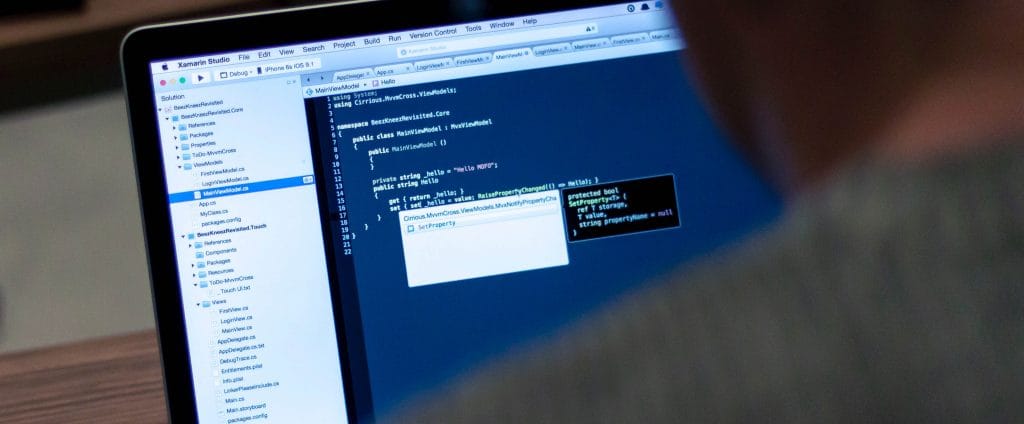8 Activities that cause Insider threats and strategies to prevent these threats
May 17, 2022
Introduction
Insider risks are defined as any dangers that originate within an organization. They are users/employees with authorized access to corporate assets that purposefully or accidentally harm the corporation. Insider threats aren’t always current workers; they might also be former employees, contractors, or partners with access to a company’s critical data and systems and who misuse these privileges to their advantage.
Around 40% of insider threat incidents happen with the involvement of an employee with privileged access to company assets and according to a Stanford study almost 97% of the insider threat cases involved an employee whose behavior was preceded by a negative work event, such as a termination, demotion, or dispute with a supervisor and was flagged, but the organization failed to follow up on it.
Furthermore, 59% of employees who leave an organization, voluntarily or involuntarily, claim that they take sensitive data with them and 51% of insider threat instances involve a person who has already had a history of breaking IT security standards prior to the occurrence. In addition, 25% of employees utilize email to steal critical information from their employers.
Here are the eight areas of activities that businesses should watch out for insider threats.

1. Network Activity
There will be abnormally high downloads inside the organization’s network as well as rejections of access requests for any assets within the network as early symptoms of a breach. To secure your company’s data, it’s critical to keep a close eye on your network activities.
2. Data Exfiltration
Specific attachments sent by suspicious workers to questionable recipients should never be disregarded. There will most likely be a rise in outgoing email traffic, if the above activity takes place, indicating that the behavior is suspicious since they could be sending confidential information and triggering a data breach.
Keep the removable media alerts on your systems turned on because certain employees may easily download data into USB drives and portable media. Policies and procedures can be created to handle the types of media that are permitted to be used, as well as the devices that are permitted to use the media.
3. Access Attributes & Behaviors
Employees can take advantage of having too much access, whether purposely or accidentally. The access levels of employees must be controlled and should be limited to only what they need to do their tasks. Insider threats also include abusing access privileges and profiting from private information. There should be more security clearance classifications in order to regulate access levels.
4. Physical Security
Certain insiders, who have privileges/ access to highly confidential information, may misuse their rights and steal the data privacy and protection services. As a result, some physical access request denials and physical access irregularities must be checked on a regular basis.
5. Compliance Cases
Non-compliance with training requirements, as well as policy infractions, are indicators of malicious conduct and could result in a breach. In this regard, frequent violations of data protection and compliance rules must be checked.
6. Time & Expense
Expense and time entry infractions are very questionable practices in any corporation. Any organizational costs that are being utilized for superfluous activities must be reported, and a track of these records must be set and checked periodically.
7. Personnel Management
An employee who reacts poorly to a performance evaluation is quite likely to become a threat, especially if that review ends in his or her termination. Due to personal grudges, an employee departing the firm might create damage while on his or her way out. An employee who expresses extreme displeasure with the way he or she is treated by other coworkers may also be tempted to become a cybercriminal. Tracking and managing such behavioral patterns may look tough, but the longer you wait, the more probable it is that a disgruntled employee could cost your company significantly.
HR must provide excellent human resource management that minimizes intrusiveness and humiliation for terminated workers to limit the risk of employees turning against the company. Conduct an exit interview to get the perspective of the departing employee. Even examining the intellectual property and confidentiality agreements, as well as the consequences if any are breached, must be communicated to the departing employee.
8. External Data
Suspicious social media postings should be scrutinized since they might point to corrupt insiders. Employees who are having financial difficulties are continually stressed. Outsiders may readily take advantage of them. It’s possible that selling sensitive information to third parties is an attempt to pay off debts for these employees. Despite the difficulty of keeping track of thousands of employees, companies must be aware of all of their employees and ensure that HR is informed of their conditions in order to enable the highest level of security. Before hiring someone, look for red flags including previous and linked criminal behavior, past violence allegations, and if there’s any history of violations.
Defeat Insider Threats by Constructing a Detection Strategy

To successfully detect insider threats, businesses should first reduce visibility gaps by collecting security data into a centralized monitoring system, such as a SIEM platform or a standalone user and entity behavior analytics solution. As insider threat use cases mature, many teams start with access, authentication, and account changelogs, then expand their scope to include other data sources including virtual private network (VPN) and endpoint logs.
After the data has been centralized, risk ratings can be assigned to specific dangerous occurrences such as user geographical changes or downloading to removable media. With enough historical data, a baseline of usual behavior for each individual user may be established. This baseline represents a user’s or machine’s typical operating condition, allowing variations in this activity to be identified as abnormal. Deviations should not only be monitored for a single user, but also compared to other users in the same place who have the same job title or function.
Behavioral abnormalities aid cybersecurity teams in determining if a person has turned into a malevolent insider or if their credentials have been stolen by an external attacker. Assigning security risk ratings also helps security operations center (SOC) workers to keep track of risk across the enterprise, either by creating watch lists or highlighting the firm’s most hazardous individuals. Instead of manually piecing together several data sources that may or may not show the whole picture, security professionals may employ a user-focused strategy to quickly detect insider threat activity and manage user risk.
Conclusion
Insider threat detection is not an easy task for security teams. The insider already has legal access to the organization’s information and assets, so differentiating between a user’s normal and potentially anomalous activity is a difficult task. Insiders typically know about the sensitive data locations within the organization and also they often have elevated levels of access.
As a result, a security breach caused by an insider is significantly costlier for organizations than the one caused by an external attacker. So, businesses need to investigate these threats every day with as much rigor as they show in securing them from external attacks.
Keep reading about
LEAVE A COMMENT
We really appreciate your interest in our ideas. Feel free to share anything that comes to your mind.
Our 16 years of achievements includes:
-
10M+
lines of codes
-
2400+
projects completed
-
900+
satisfied clients
-
16+
countries served




